In September 2023, I stopped while passing through Buellton, California for dinner at The Hitching Post II. I’d been planning this dinner in my head for a while and had already decided to order a special bottle to enjoy – as one does at the Hitching Post.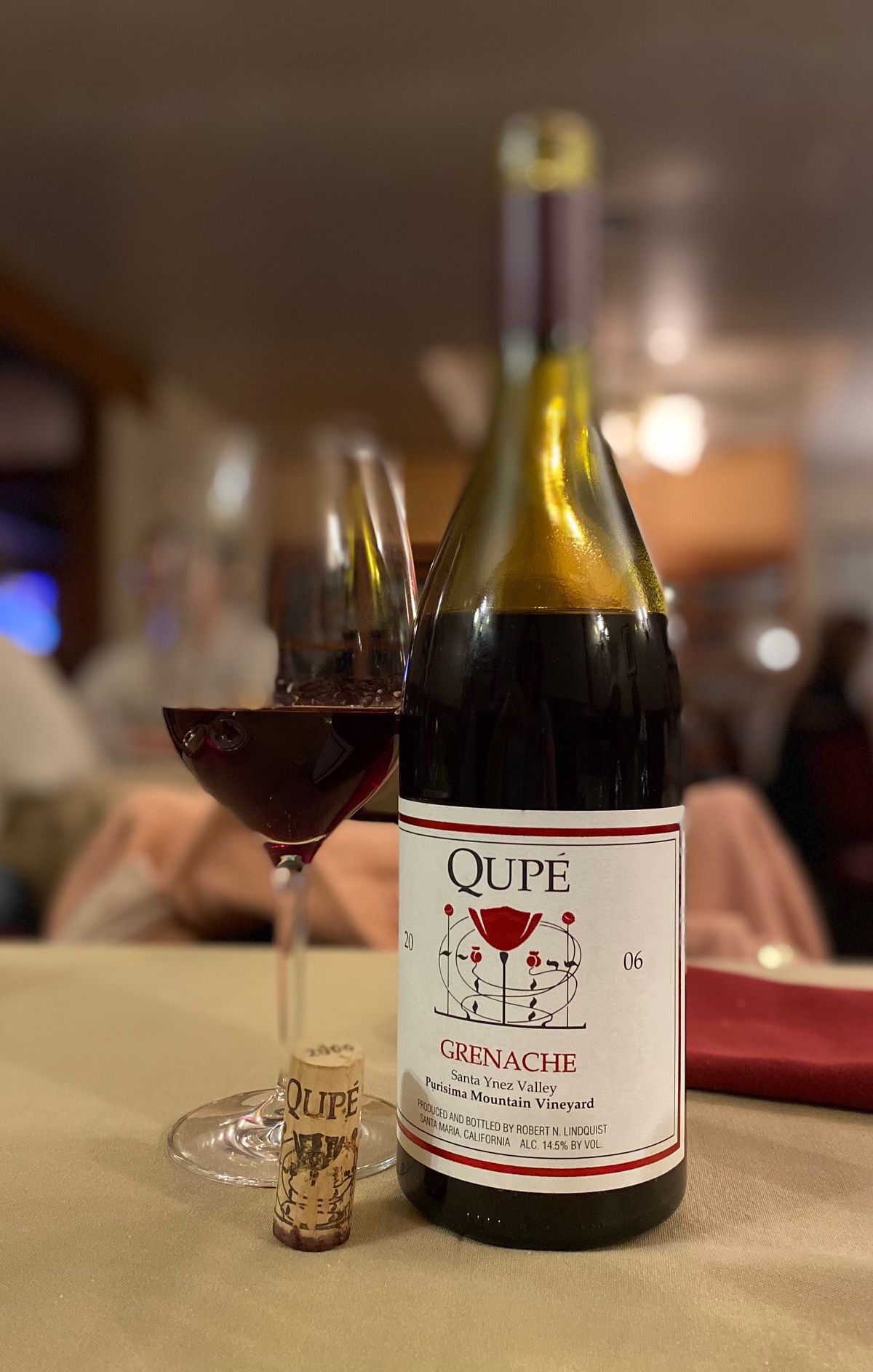
Some of you may remember the Hitching Post as the scene of several dinners in the movie Sideways (2004) – and most significantly as the infamously over-served wine extravaganza featuring Paul Giamatti (Miles), Thomas Haden Church (Jack), Sandra Oh (Stephanie), and Virginia Madsen (Maya).
I arrived for my 7pm reservation and waited… and waited. After the third person walked through the foyer without acknowledging my presence, someone finally did. I was led to what must be the worst table in the house – a two seater placed smack dab in the kitchen entrance.
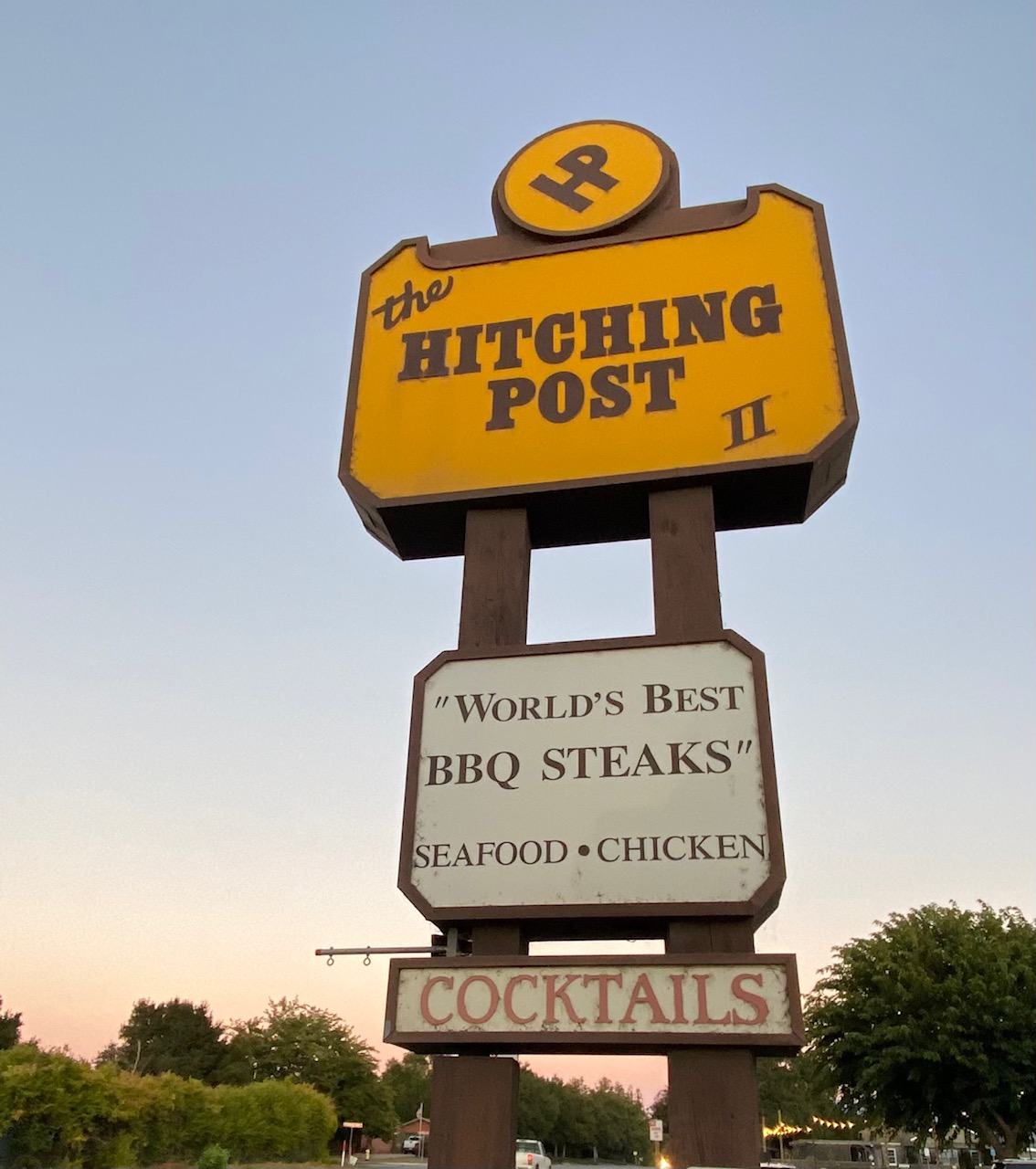 Initially I started to put my coat on the back of the chair and even thought about dutifully sitting down. But then, I saw what was happening here – single, 55+ woman, gray hair – dispensable and invisible.
Initially I started to put my coat on the back of the chair and even thought about dutifully sitting down. But then, I saw what was happening here – single, 55+ woman, gray hair – dispensable and invisible.
There were many empty tables; I insisted upon a new seat. And then I proceeded to order this wine.
Eyes – translucent garnet
Nose – complex Byng cherry, pomegranate, garrigue, and dried herb
Palate – significant development, sour and super ripe Byng cherries, blood orange rind, tarragon, anise, black olive
Drinking at its peak, absolutely sublime, pure sunshine and happiness (16 yo at opening).
In Sideways, Virginia Madsen’s character gives a heartfelt speech about what makes wine special for her – what kind of a day was it when they harvested, who picked the grapes, who was there when it was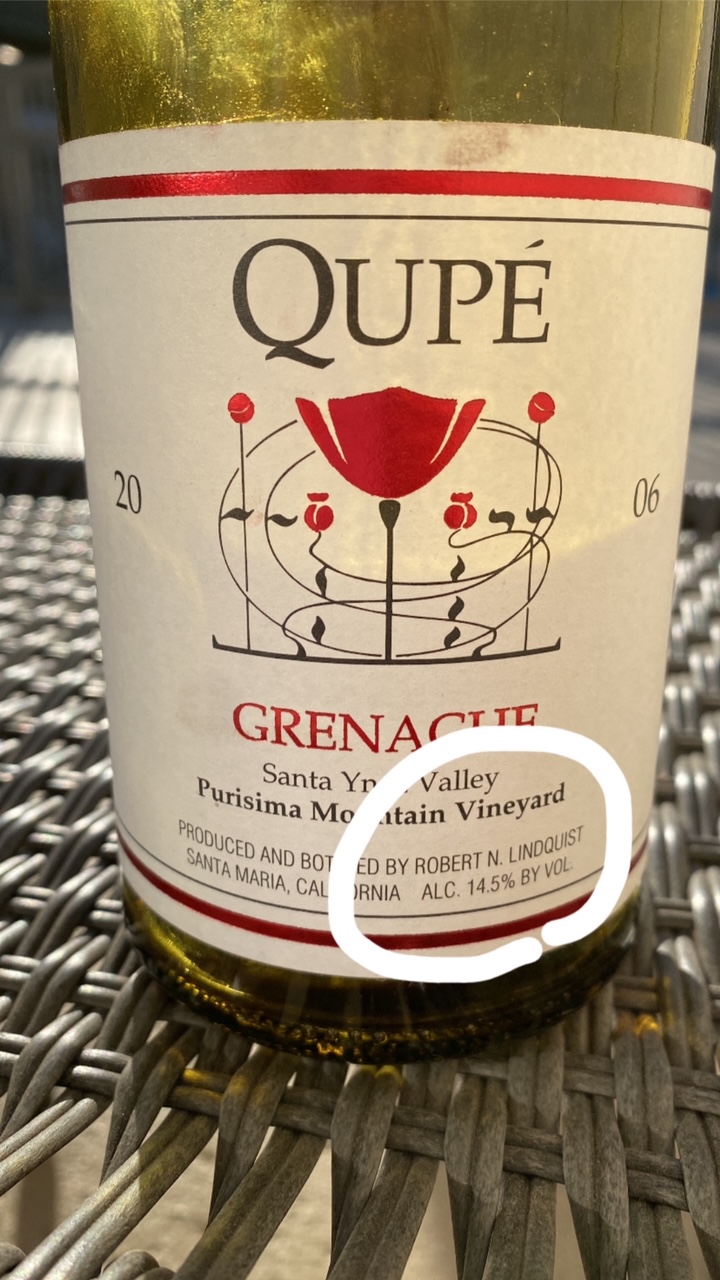 bottled, are they still alive? From the picture to the right, we know that Bob Lindquist was there – this 2006 wine was made well before he left in 2019.
bottled, are they still alive? From the picture to the right, we know that Bob Lindquist was there – this 2006 wine was made well before he left in 2019.
In the end, I luxuriated in the wine, and had a lovely conversation with the people at the next table. The wine was glorious, the dinner barely average, and my new table, much improved over the original version.
Miles would have insisted on being moved. So, I did too.
 After picking, the fruit is pressed as a field blend and left to co-ferment with native yeasts. The wine ages 7 months in French oak but there’s no MLF or battonage, so the wine produced has super minerality and fruity clarity.
After picking, the fruit is pressed as a field blend and left to co-ferment with native yeasts. The wine ages 7 months in French oak but there’s no MLF or battonage, so the wine produced has super minerality and fruity clarity.
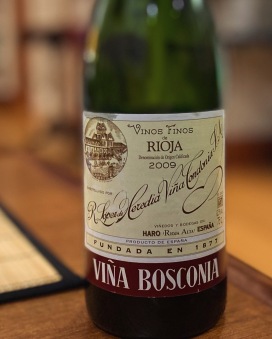 (5), the Bosconia is a translucent ruby turning ever-so-lightly to garnet – which in and of itself is remarkable for a 15 year old wine. The nose shows ripe strawberry with clove, cinnamon, sandalwood and green hay, while the fresh, clean palate echoes it with addition of sour cherry, rose petal and light leather belt. The finish is beautifully long on this delicious wine which has a long life ahead of it. If you have some, it will go for a good decade more.
(5), the Bosconia is a translucent ruby turning ever-so-lightly to garnet – which in and of itself is remarkable for a 15 year old wine. The nose shows ripe strawberry with clove, cinnamon, sandalwood and green hay, while the fresh, clean palate echoes it with addition of sour cherry, rose petal and light leather belt. The finish is beautifully long on this delicious wine which has a long life ahead of it. If you have some, it will go for a good decade more. We took a trip recently to Vietnam – I highly recommend this country as a
We took a trip recently to Vietnam – I highly recommend this country as a  place to travel to. The people are extraordinarily gracious, the food is
place to travel to. The people are extraordinarily gracious, the food is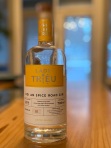 almost uniformly delicious everywhere you go, and the country is incredibly beautiful.
almost uniformly delicious everywhere you go, and the country is incredibly beautiful.

 Then there was the Martini I ordered in Hoi An – which ended up being literally that, a shot of Martini Vermouth. Vietnam’s coffee game is s t r o n g, which made me deliriously happy. This was the only positive holdover from colonization that I could see, except maybe for the bread used for Ban Mi.
Then there was the Martini I ordered in Hoi An – which ended up being literally that, a shot of Martini Vermouth. Vietnam’s coffee game is s t r o n g, which made me deliriously happy. This was the only positive holdover from colonization that I could see, except maybe for the bread used for Ban Mi.
 But this Gin was a huge winner and I was happy to be able to bring some back home to Canada. The Lady Trieu Distillery has developed a series of Gins, each celebrating the distinct biodiversity and history of different regions of Vietnam. I chose the Hoi An Spice Road because we had enjoyed touring the Old Town streets and pagodas at the UNESCO World Cultural Heritage site.
But this Gin was a huge winner and I was happy to be able to bring some back home to Canada. The Lady Trieu Distillery has developed a series of Gins, each celebrating the distinct biodiversity and history of different regions of Vietnam. I chose the Hoi An Spice Road because we had enjoyed touring the Old Town streets and pagodas at the UNESCO World Cultural Heritage site.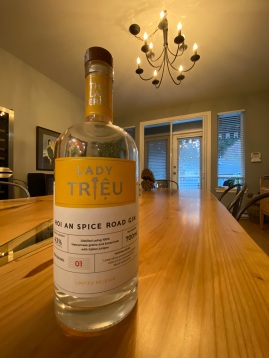
 During Cov*d, I offered a wine tasting with paired hors d’oeuvres to a local Rotary Club fundraiser for the Victoria Hospice Society in the memory of my father-in-law, Ken, who spent his last days there.
During Cov*d, I offered a wine tasting with paired hors d’oeuvres to a local Rotary Club fundraiser for the Victoria Hospice Society in the memory of my father-in-law, Ken, who spent his last days there.
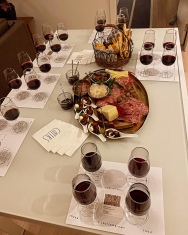


 As wine club members, we were offered a premium tasting; Scottish transplant, Jacqui, led us expertly through 9 very different wines including a Sauvignon Blanc, a Cabernet Sauvignon, A Petite Sirah, several blends, and four Zinfandels.
As wine club members, we were offered a premium tasting; Scottish transplant, Jacqui, led us expertly through 9 very different wines including a Sauvignon Blanc, a Cabernet Sauvignon, A Petite Sirah, several blends, and four Zinfandels.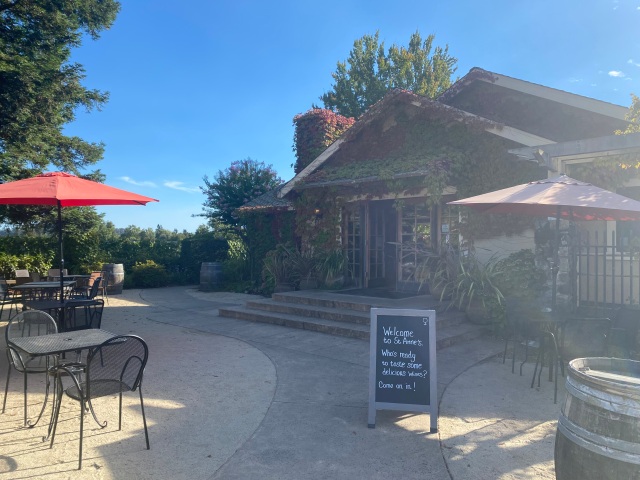
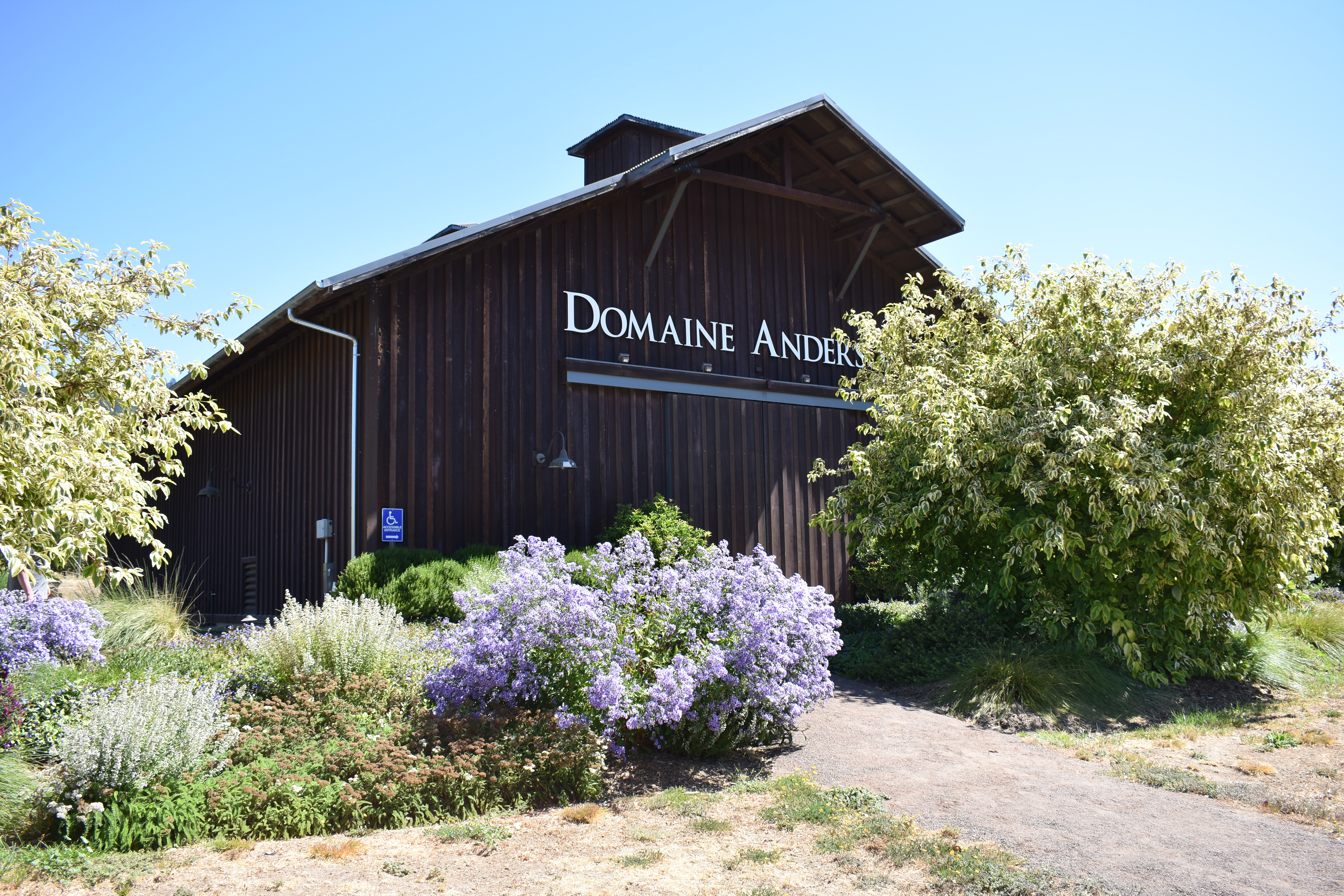
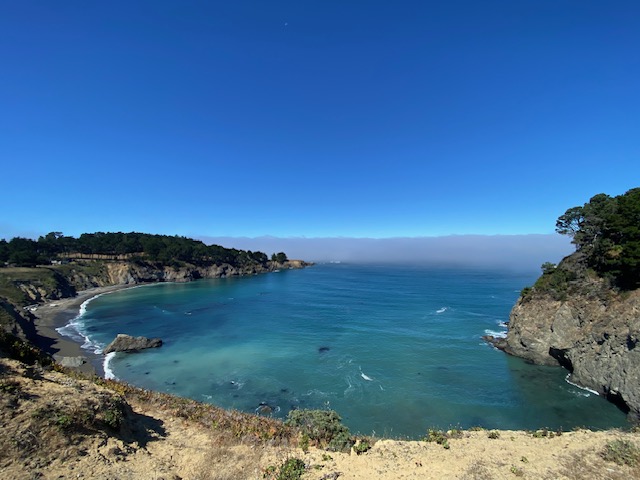 Travelling down the highway from Mendocino on our way to Truckee, California, I yearned for a tasting at Domaine Anderson. We’d been to the Anderson Valley several years prior, but had visited their sister winery, Roederer at that time.
Travelling down the highway from Mendocino on our way to Truckee, California, I yearned for a tasting at Domaine Anderson. We’d been to the Anderson Valley several years prior, but had visited their sister winery, Roederer at that time. 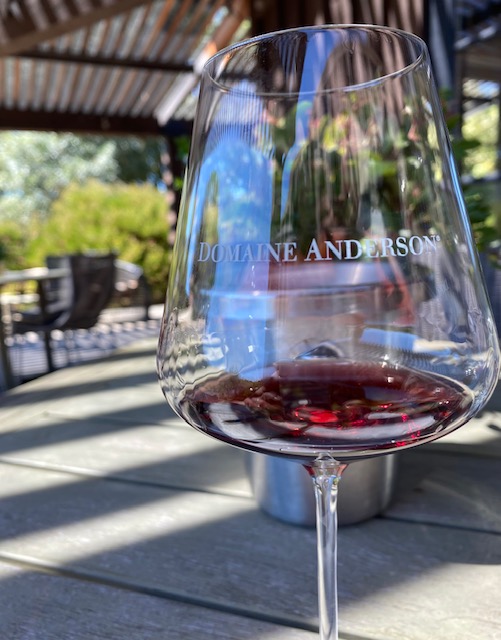
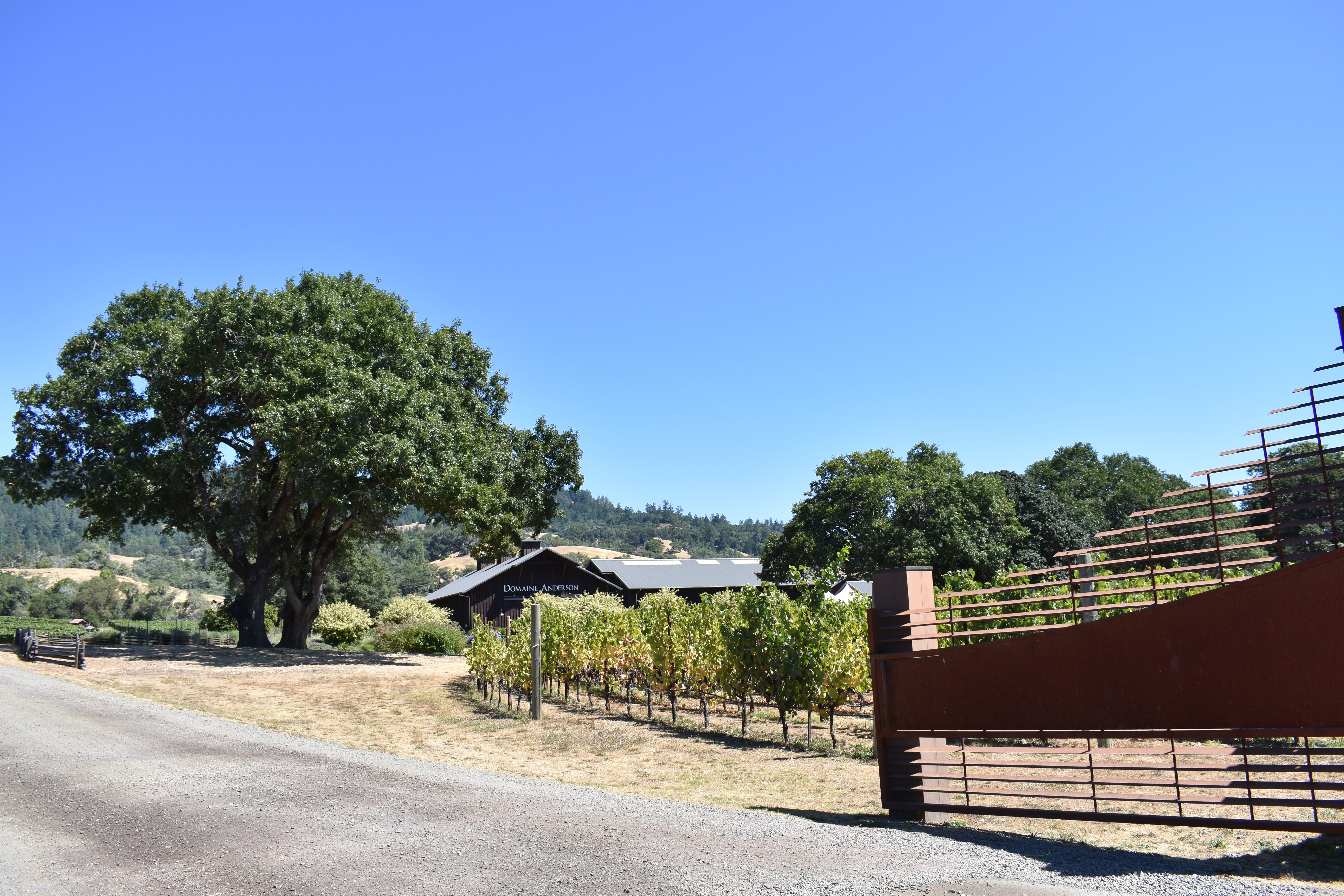 Domaine Anderson is nestled into a refined and graceful setting – the architecture of the tasting room and surrounding buildings is beautiful. Everything is in harmony – which is hardly surprising because these folks are cognizant of how important that is; they run an organic and biodynamic outfit. Their vineyards are all certified organic, and the Dach in particular is Demeter Certified Biodynamic.
Domaine Anderson is nestled into a refined and graceful setting – the architecture of the tasting room and surrounding buildings is beautiful. Everything is in harmony – which is hardly surprising because these folks are cognizant of how important that is; they run an organic and biodynamic outfit. Their vineyards are all certified organic, and the Dach in particular is Demeter Certified Biodynamic. 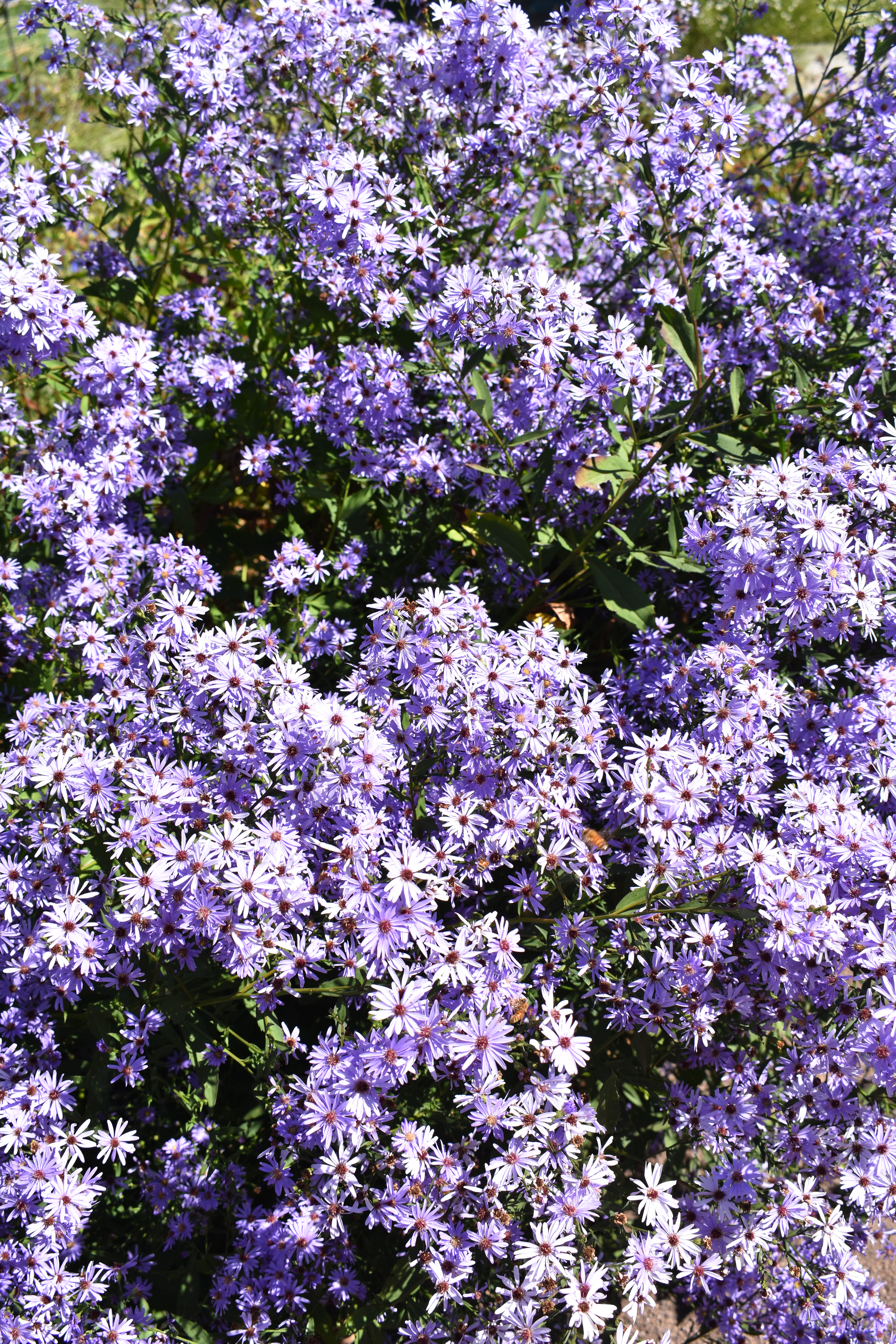 just the right amount of information and presence.
just the right amount of information and presence.  I was a fan of both the Walraven Vineyard Chardonnay and Pinot Noir. Walraven is their warmest growing region in the south of the valley, but also has the most altitude featuring Chardonnay clone 124, and Dijon clones 114 and 667.
I was a fan of both the Walraven Vineyard Chardonnay and Pinot Noir. Walraven is their warmest growing region in the south of the valley, but also has the most altitude featuring Chardonnay clone 124, and Dijon clones 114 and 667. 
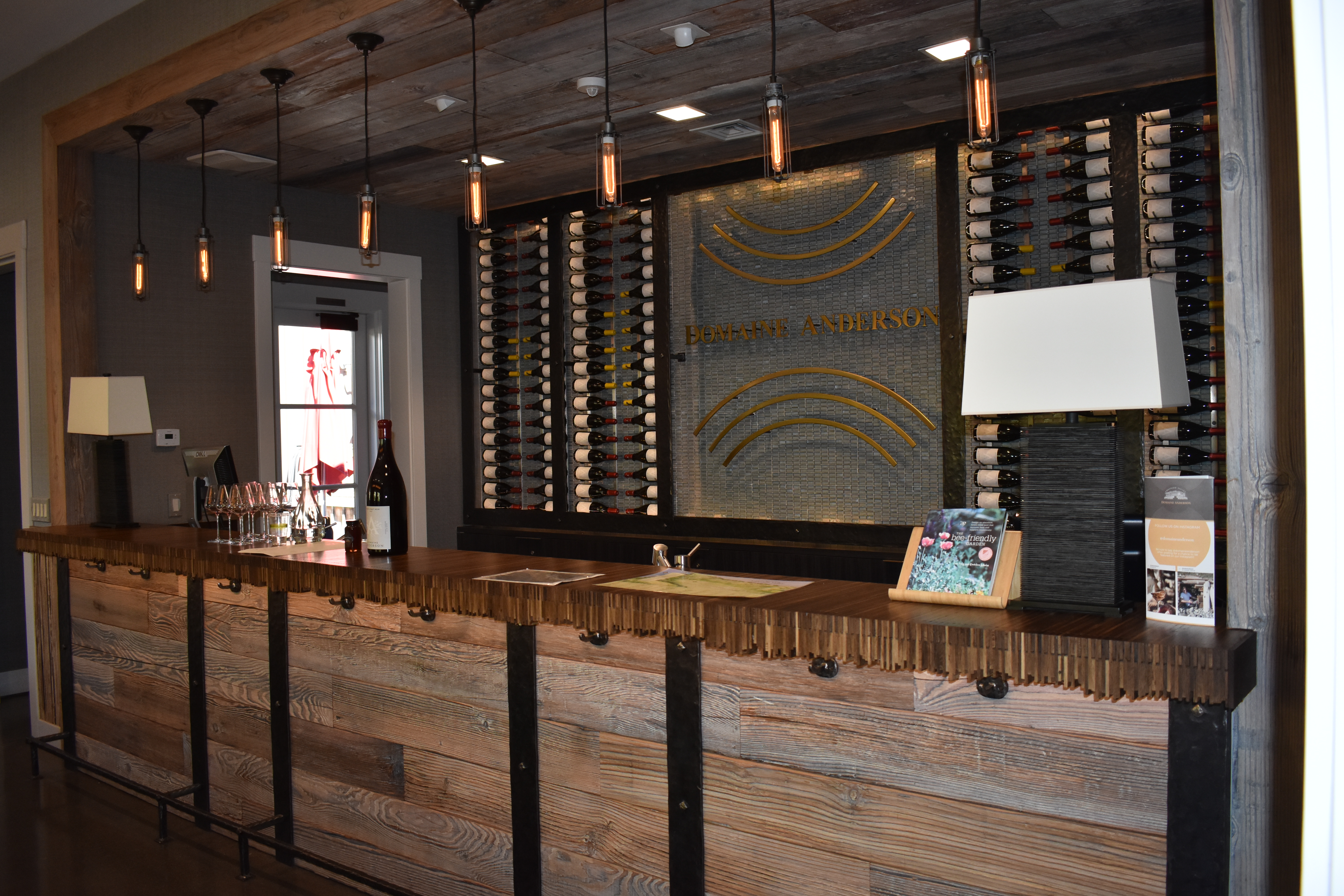
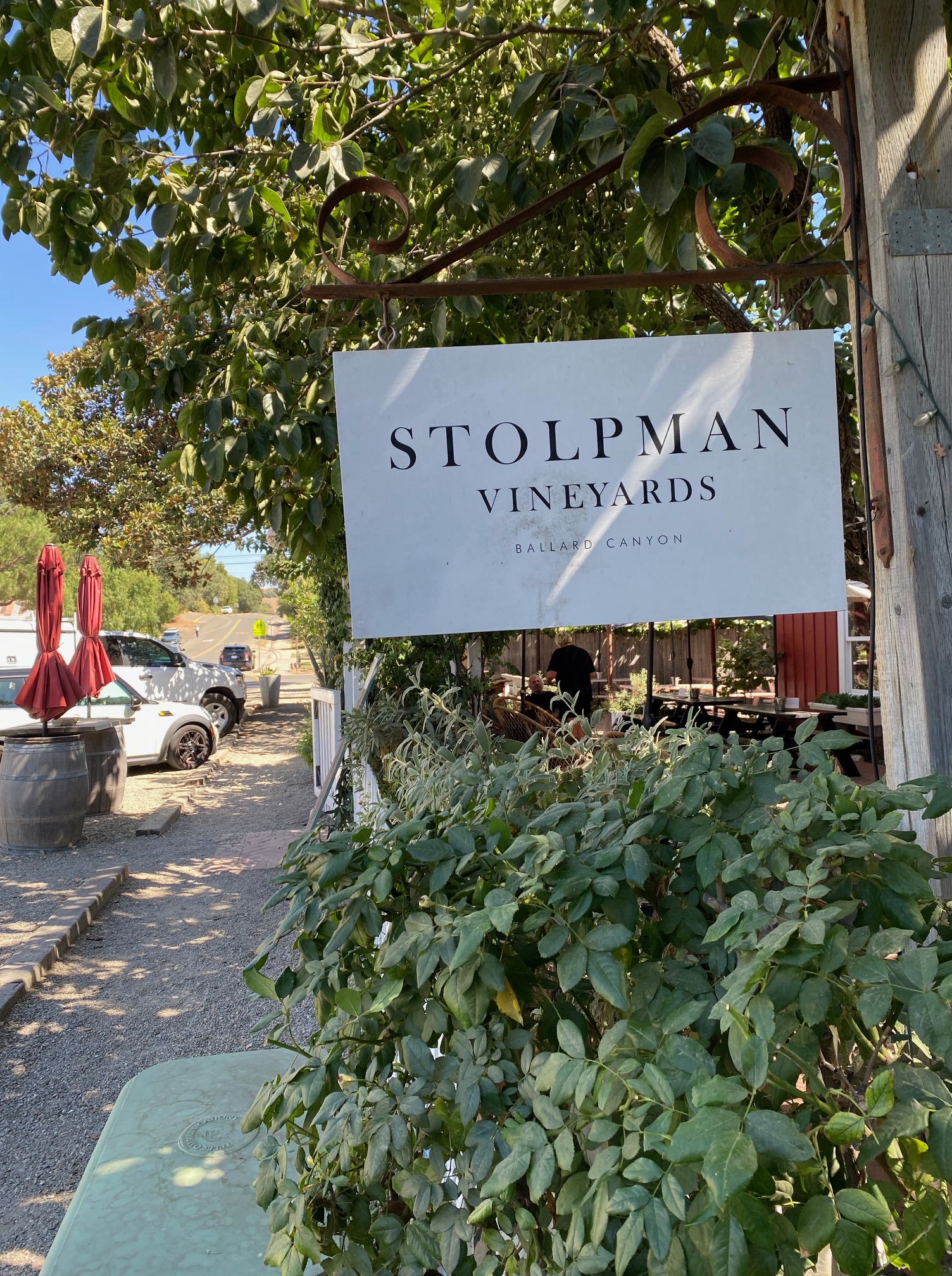 The night before I’d been to a renowned restaurant that listed Stolpman Vineyards on their wine list, so I thought I’d pay them a visit at their outdoor tasting room in lovely Los Olivos, California – a small town with many dozens of winetasting options.
The night before I’d been to a renowned restaurant that listed Stolpman Vineyards on their wine list, so I thought I’d pay them a visit at their outdoor tasting room in lovely Los Olivos, California – a small town with many dozens of winetasting options.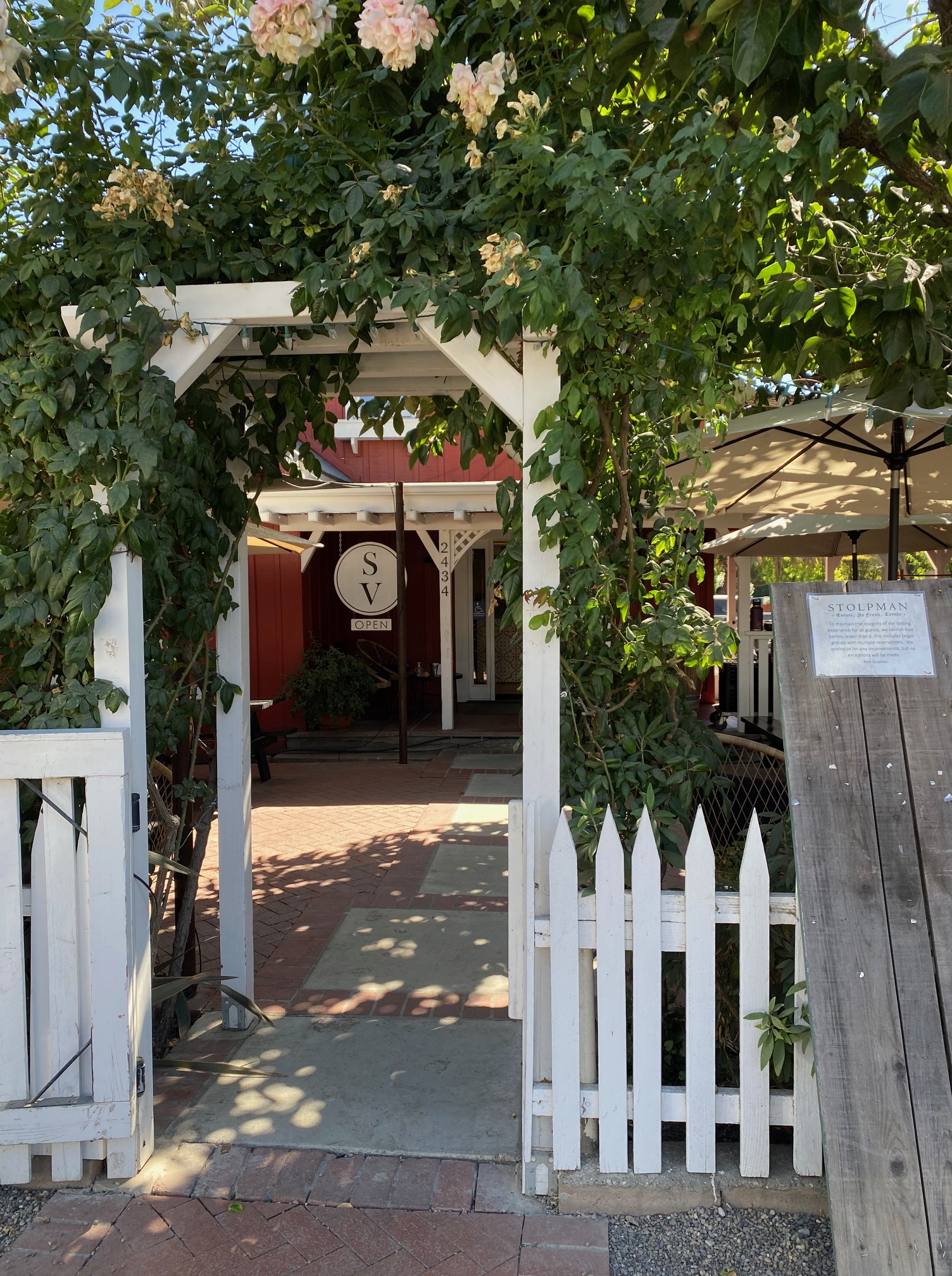 several of his wines to them. For example, the rosé being tasted was the “Para Maria” with half of the profits going to his employee of 20 years. There was also a red blend – Syrah, Sangiovese and Grenache – called “La Cuadrilla” in honour of the farming team/crew.
several of his wines to them. For example, the rosé being tasted was the “Para Maria” with half of the profits going to his employee of 20 years. There was also a red blend – Syrah, Sangiovese and Grenache – called “La Cuadrilla” in honour of the farming team/crew. 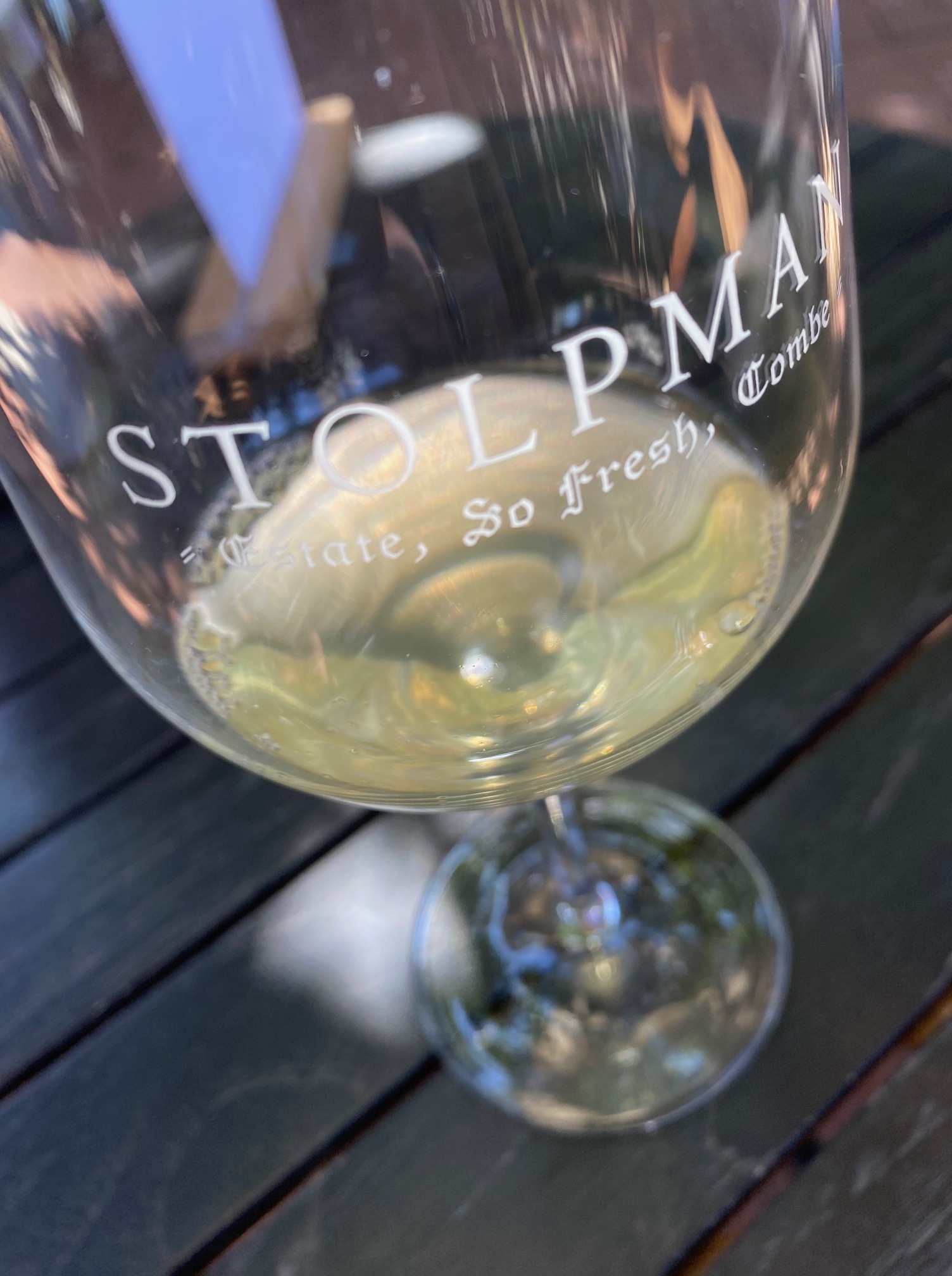 At least 10% of the vineyard’s production goes into the blend. The profits are returned to the crew members, divided by seniority, in the form of both a year-end bonus as well as weekly bonuses on each paycheck.
At least 10% of the vineyard’s production goes into the blend. The profits are returned to the crew members, divided by seniority, in the form of both a year-end bonus as well as weekly bonuses on each paycheck.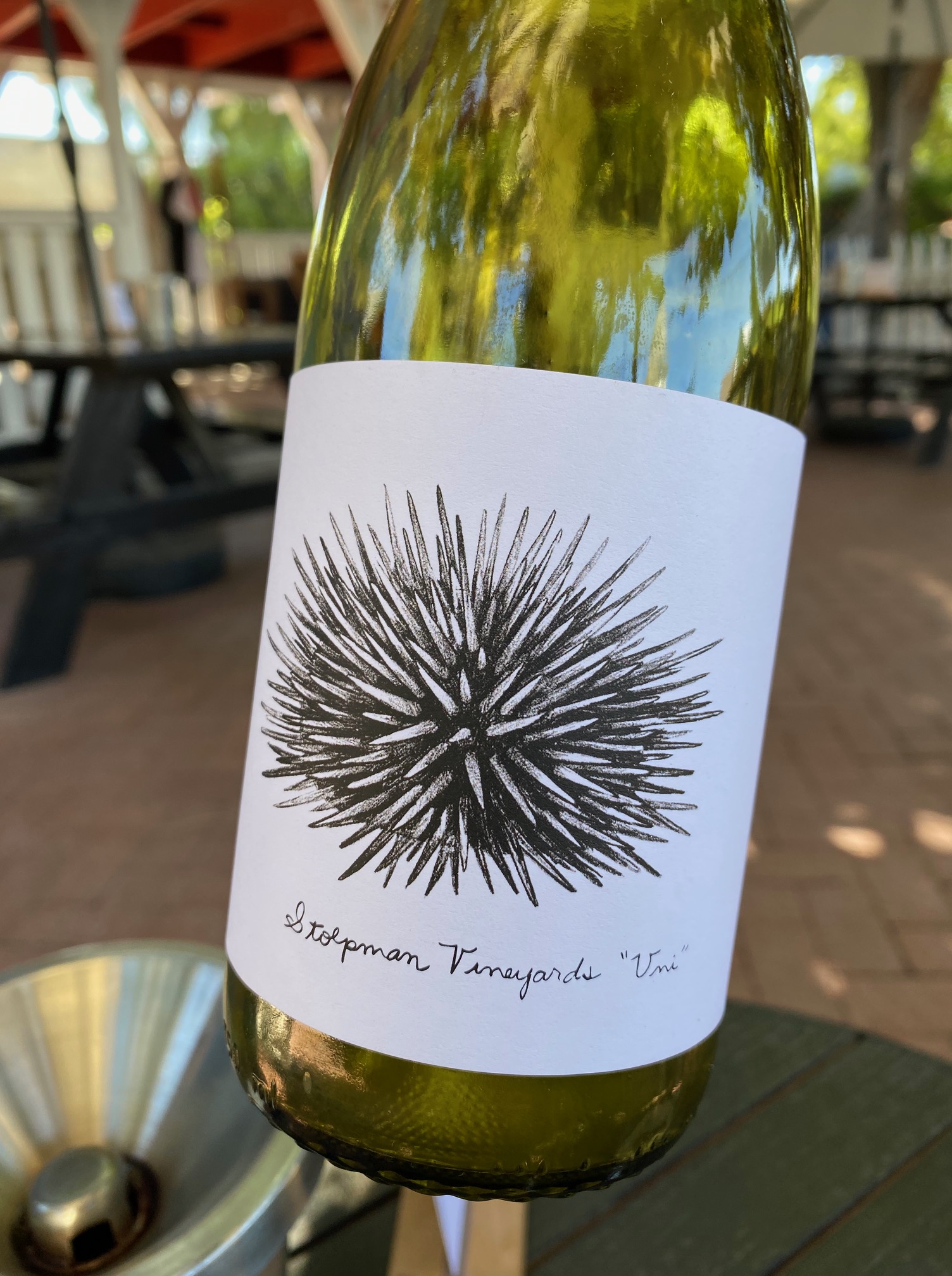 and 30% Chardonnay white blend with a herbal palate and nose of honey, acacia, pineapple, and nettle. Acidity is high on this wine and it is marketed to local Japanese restaurants – hence the sea urchin name and theme.
and 30% Chardonnay white blend with a herbal palate and nose of honey, acacia, pineapple, and nettle. Acidity is high on this wine and it is marketed to local Japanese restaurants – hence the sea urchin name and theme.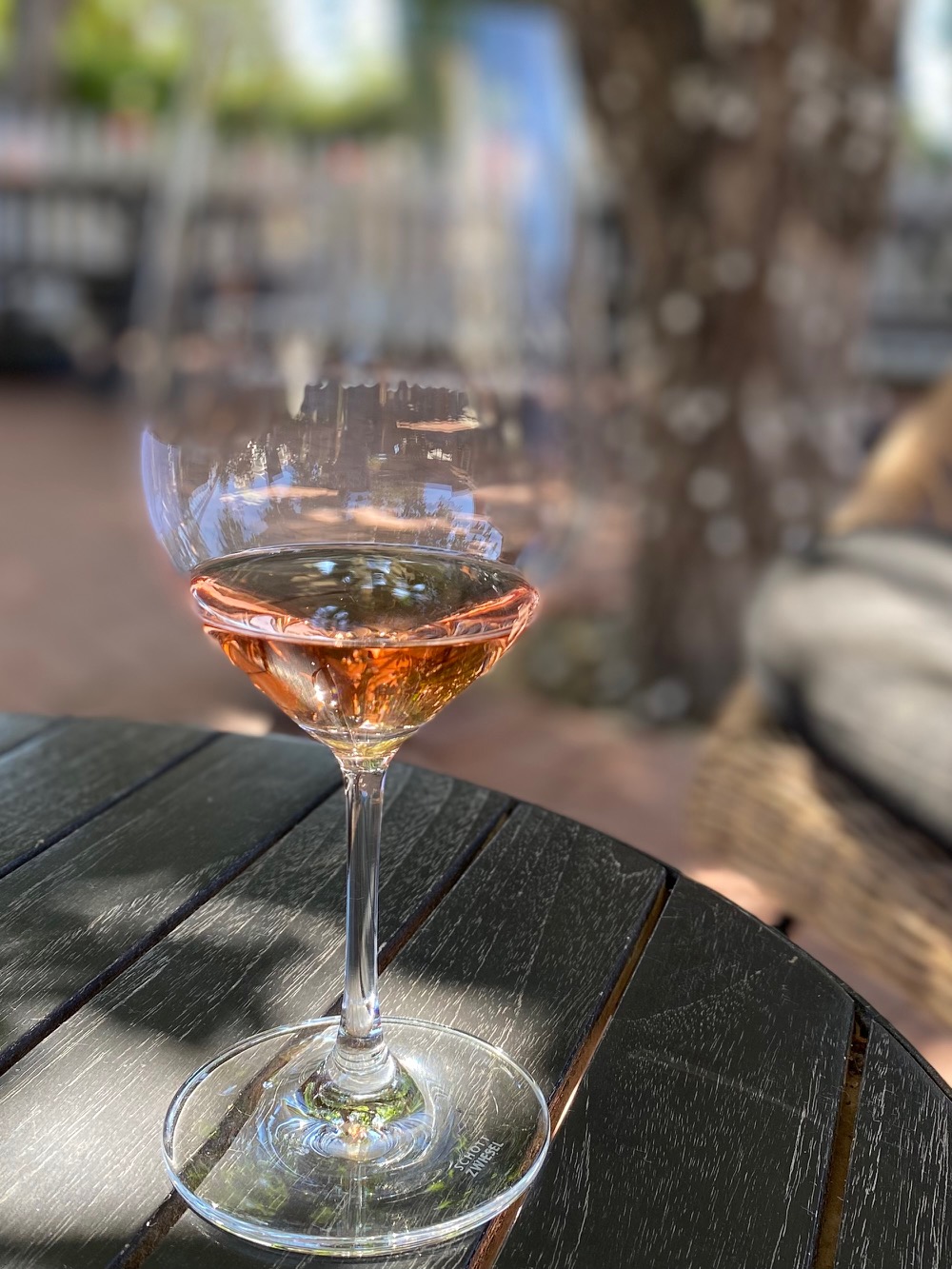 Definitely worthy of a visit (make a reservation online) if you’re in the Solvang-Buellton area.
Definitely worthy of a visit (make a reservation online) if you’re in the Solvang-Buellton area.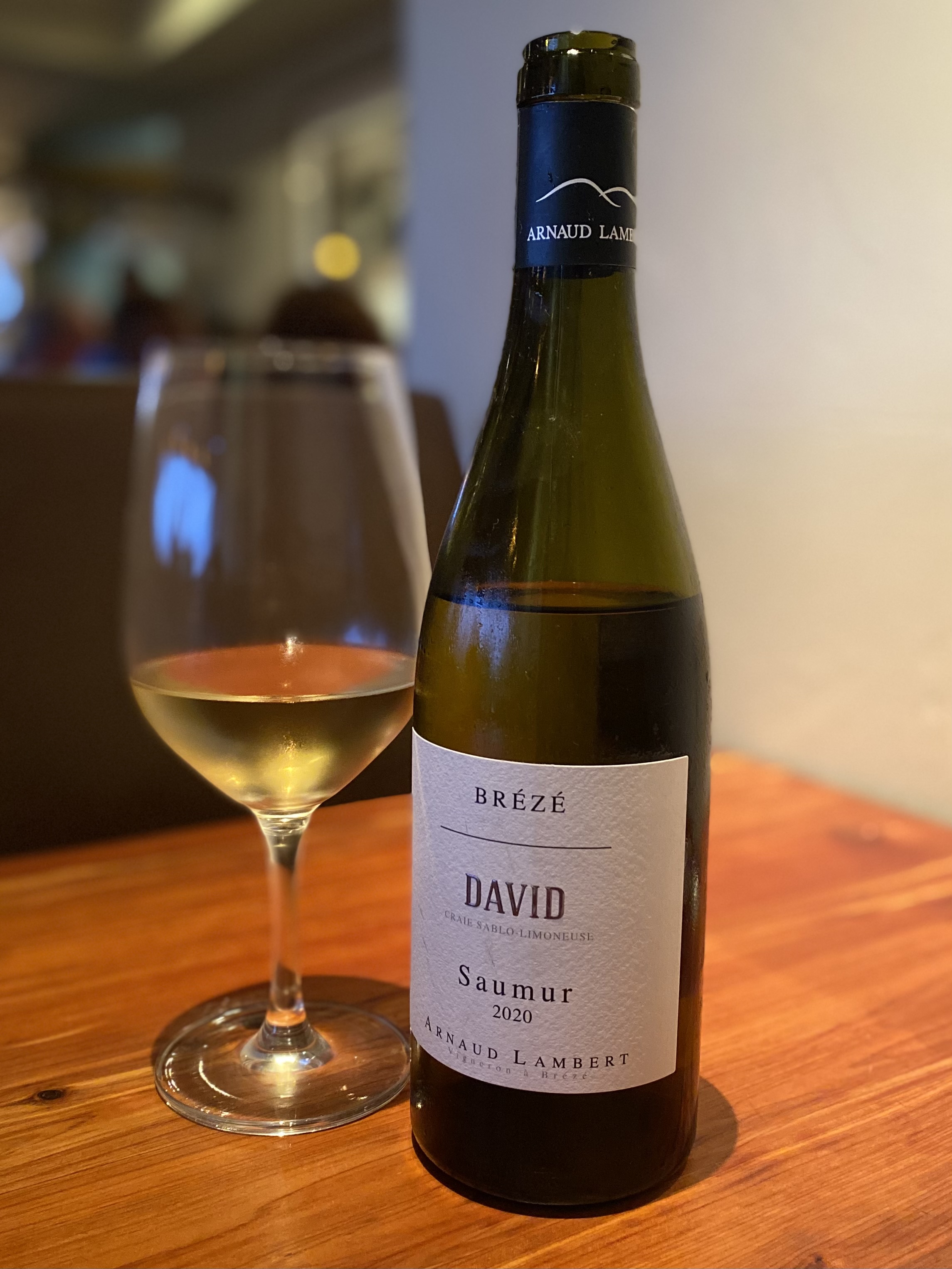 dined at ‘Passionfish’.
dined at ‘Passionfish’.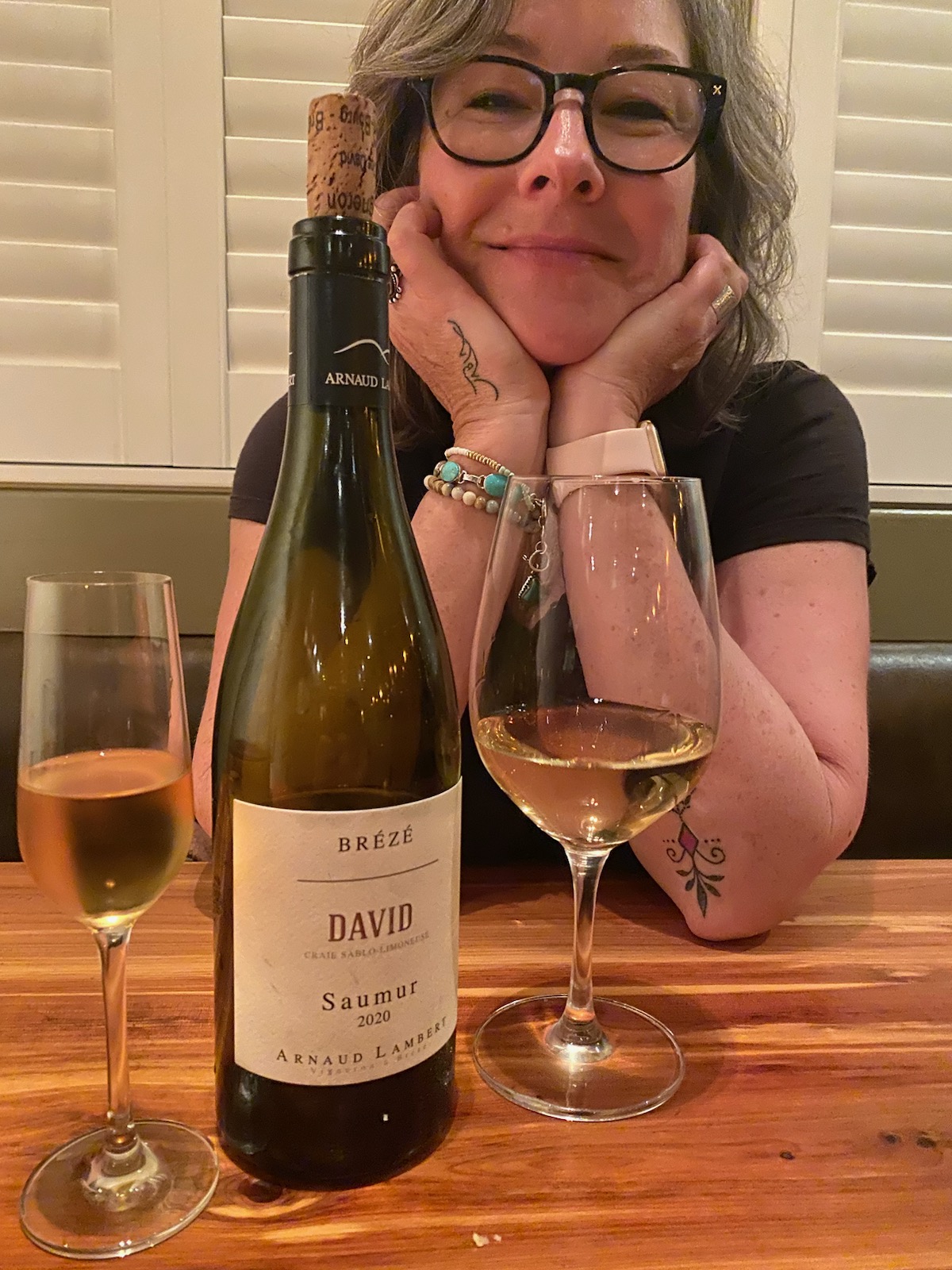
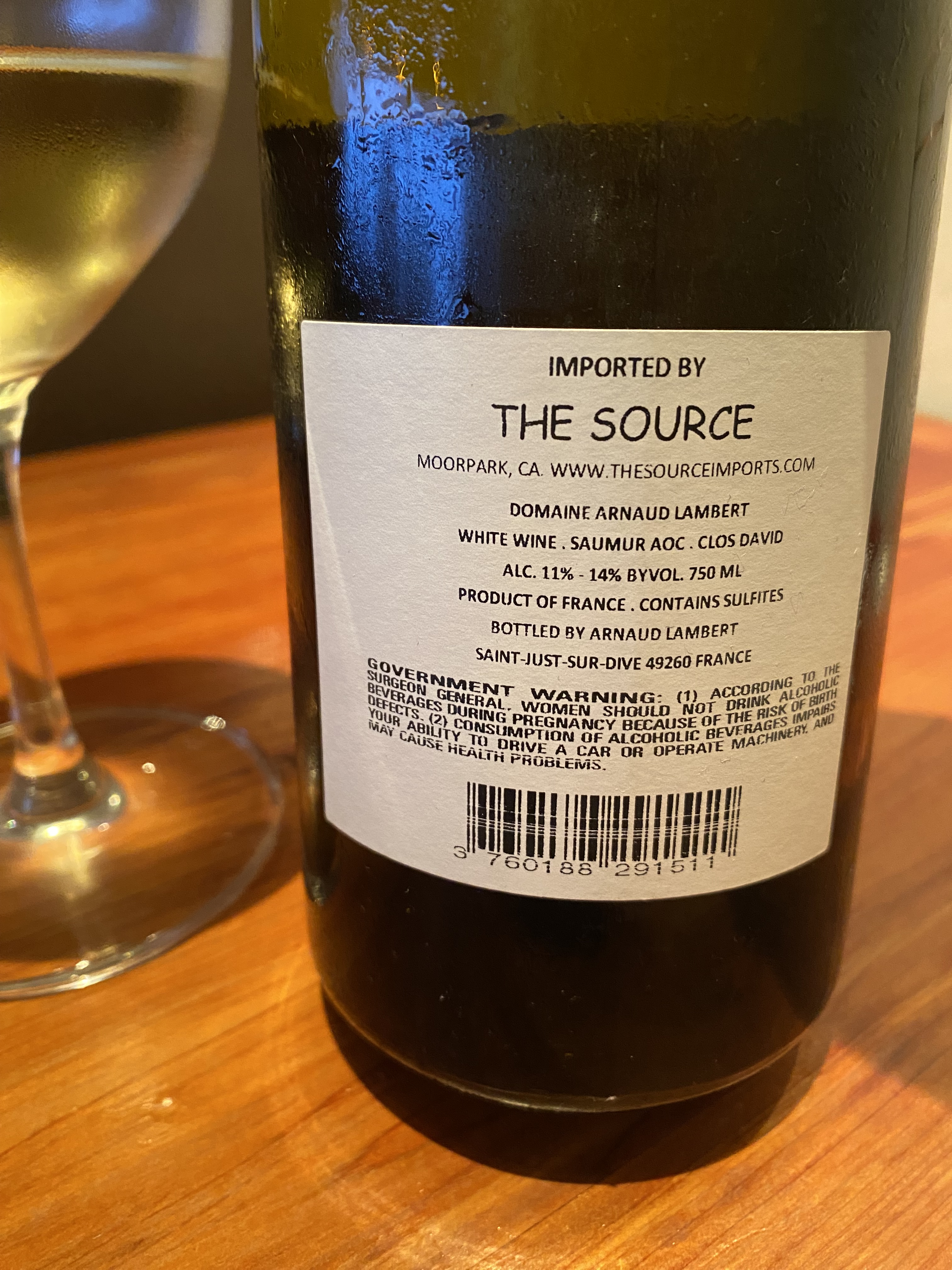

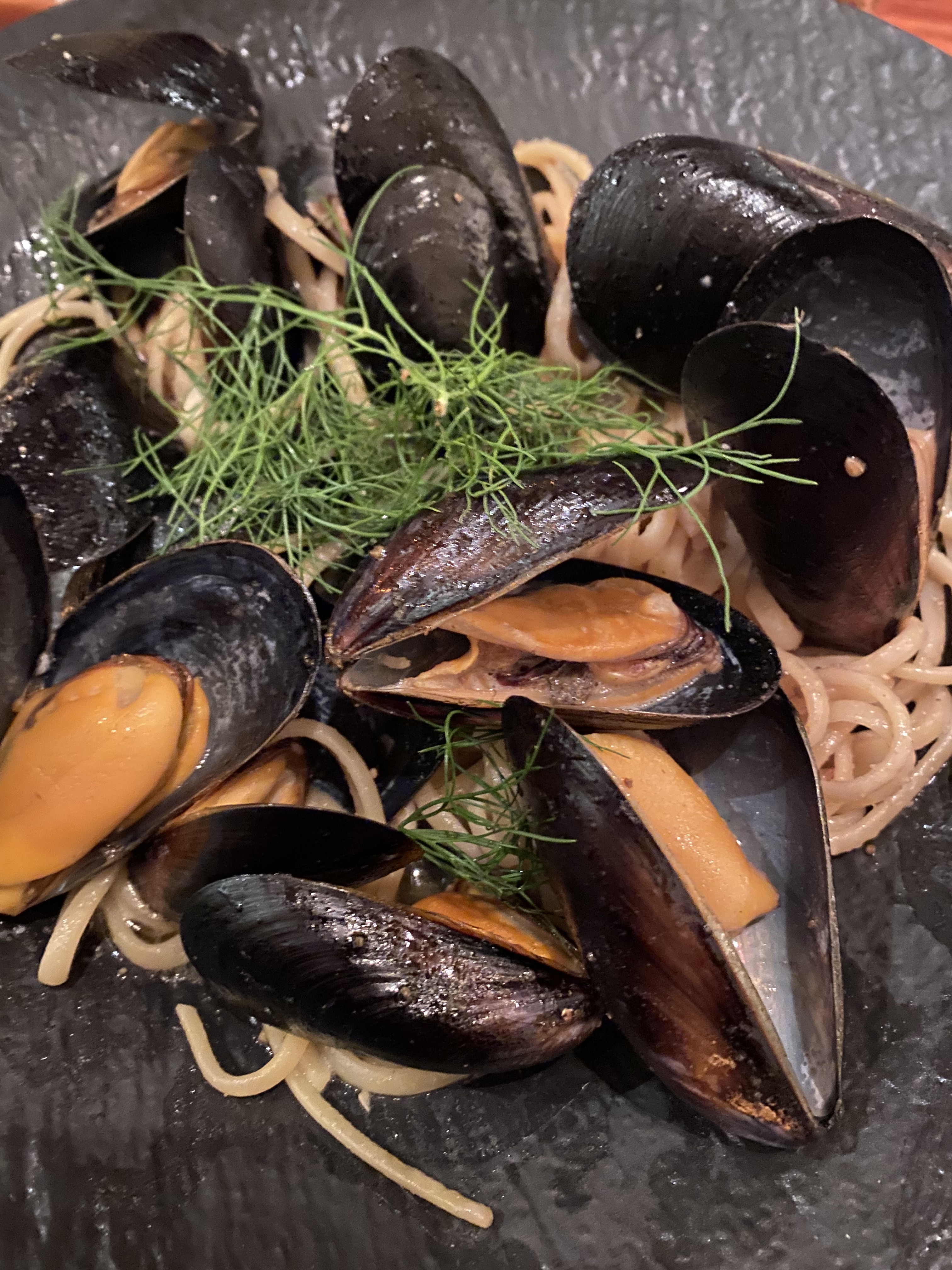
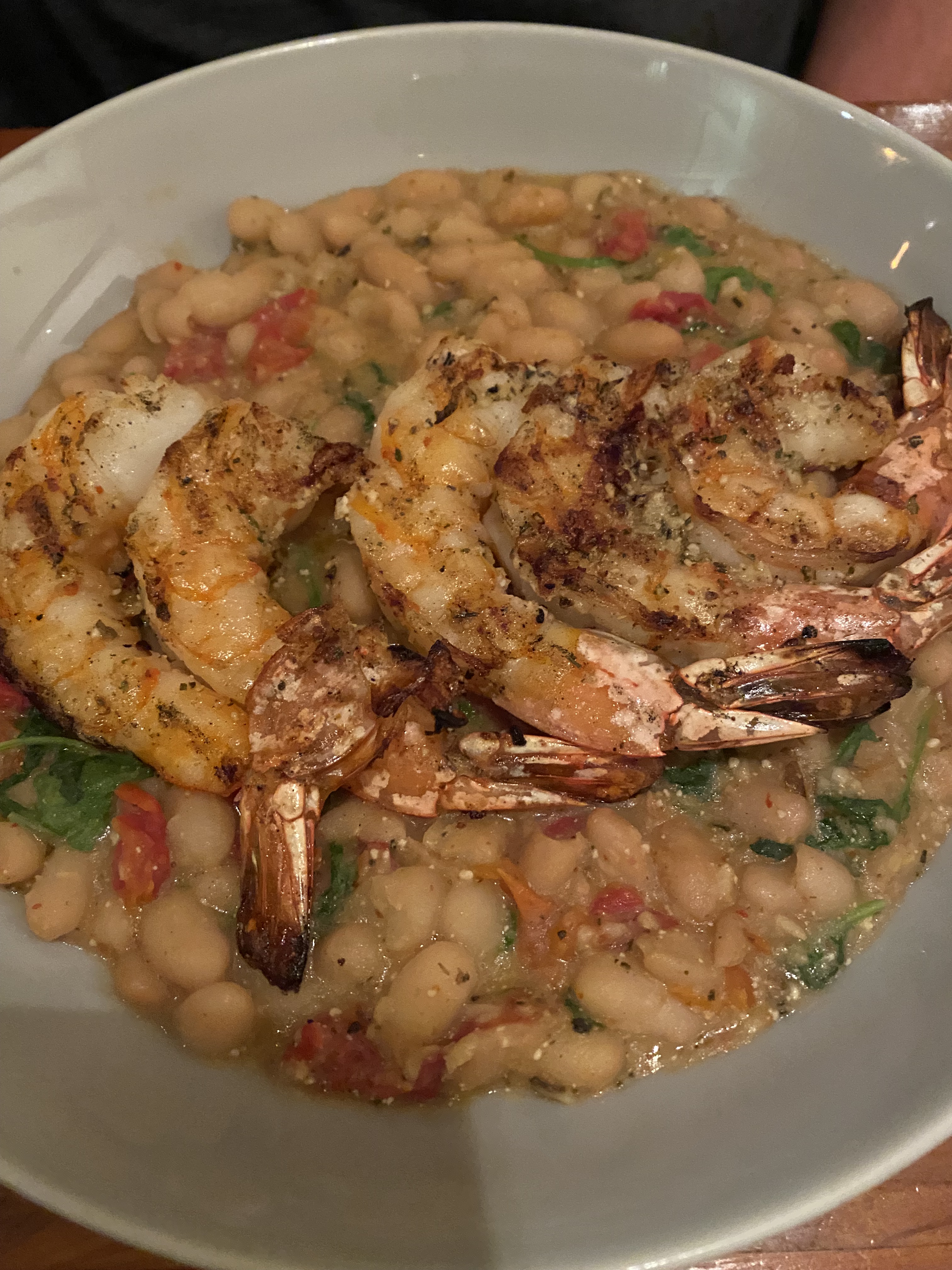
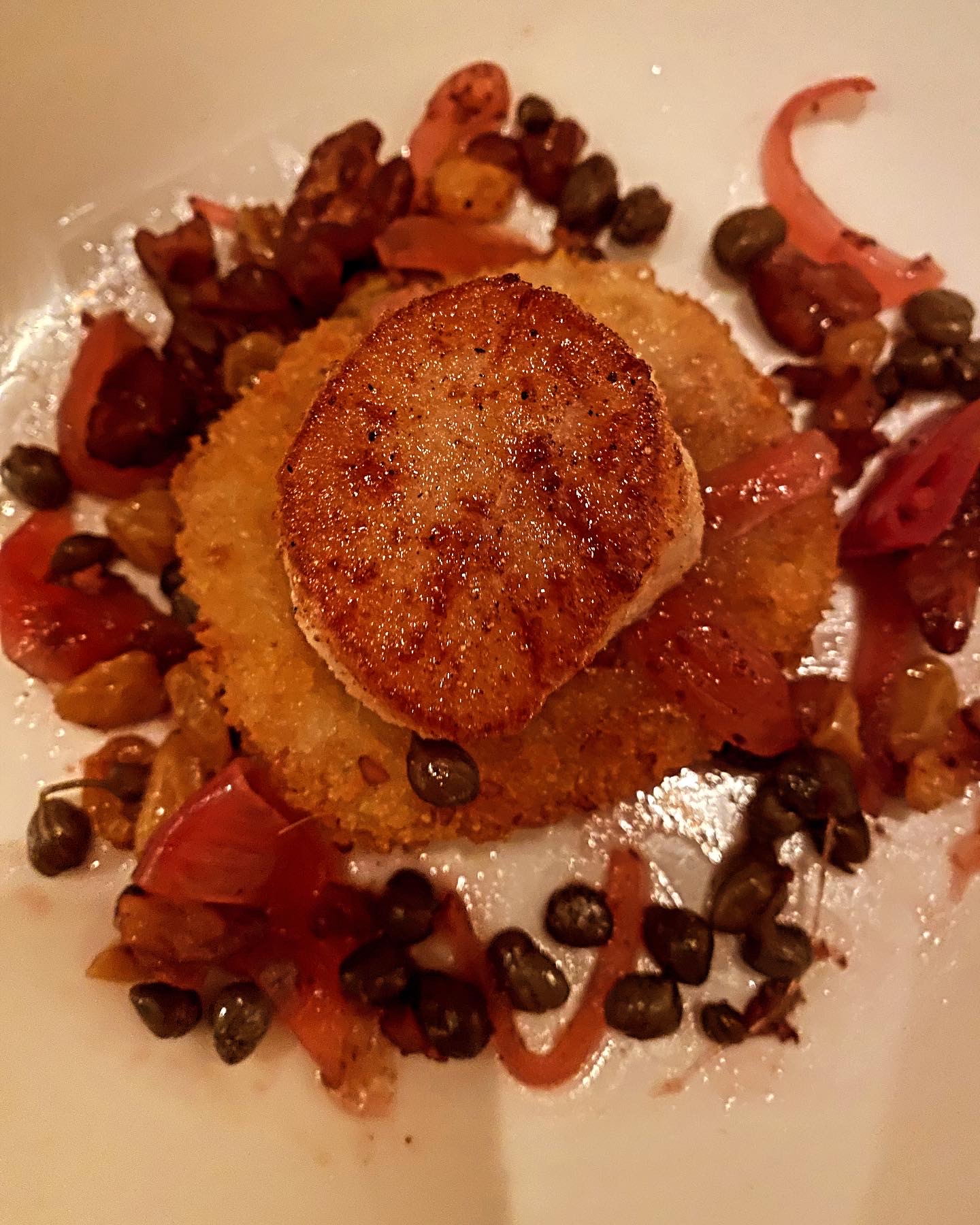

 Initially I started to put my coat on the back of the chair and even thought about dutifully sitting down. But then, I saw what was happening here – single, 55+ woman, gray hair – dispensable and invisible.
Initially I started to put my coat on the back of the chair and even thought about dutifully sitting down. But then, I saw what was happening here – single, 55+ woman, gray hair – dispensable and invisible. bottled, are they still alive? From the picture to the right, we know that Bob Lindquist was there – this 2006 wine was made well before he left in 2019.
bottled, are they still alive? From the picture to the right, we know that Bob Lindquist was there – this 2006 wine was made well before he left in 2019.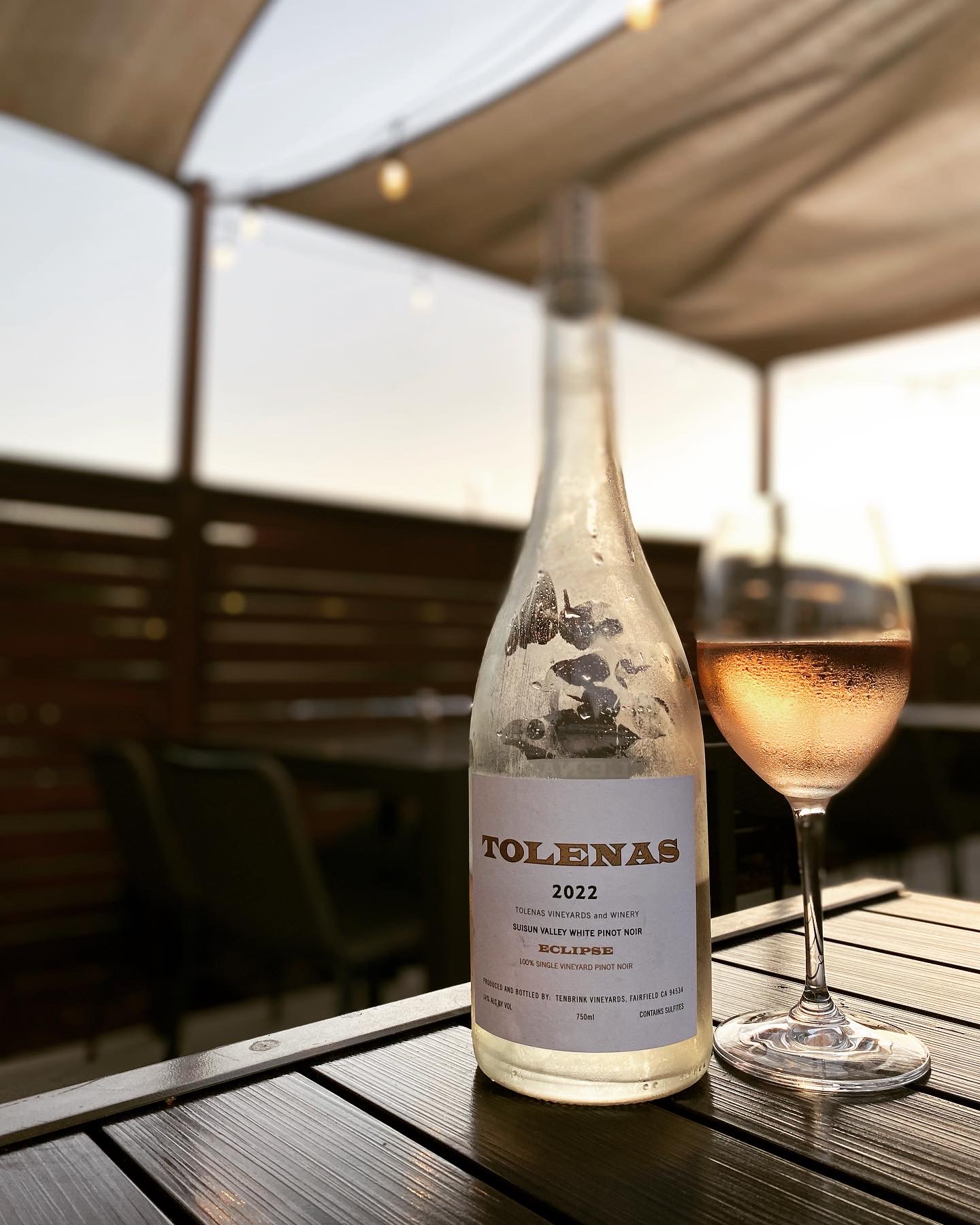
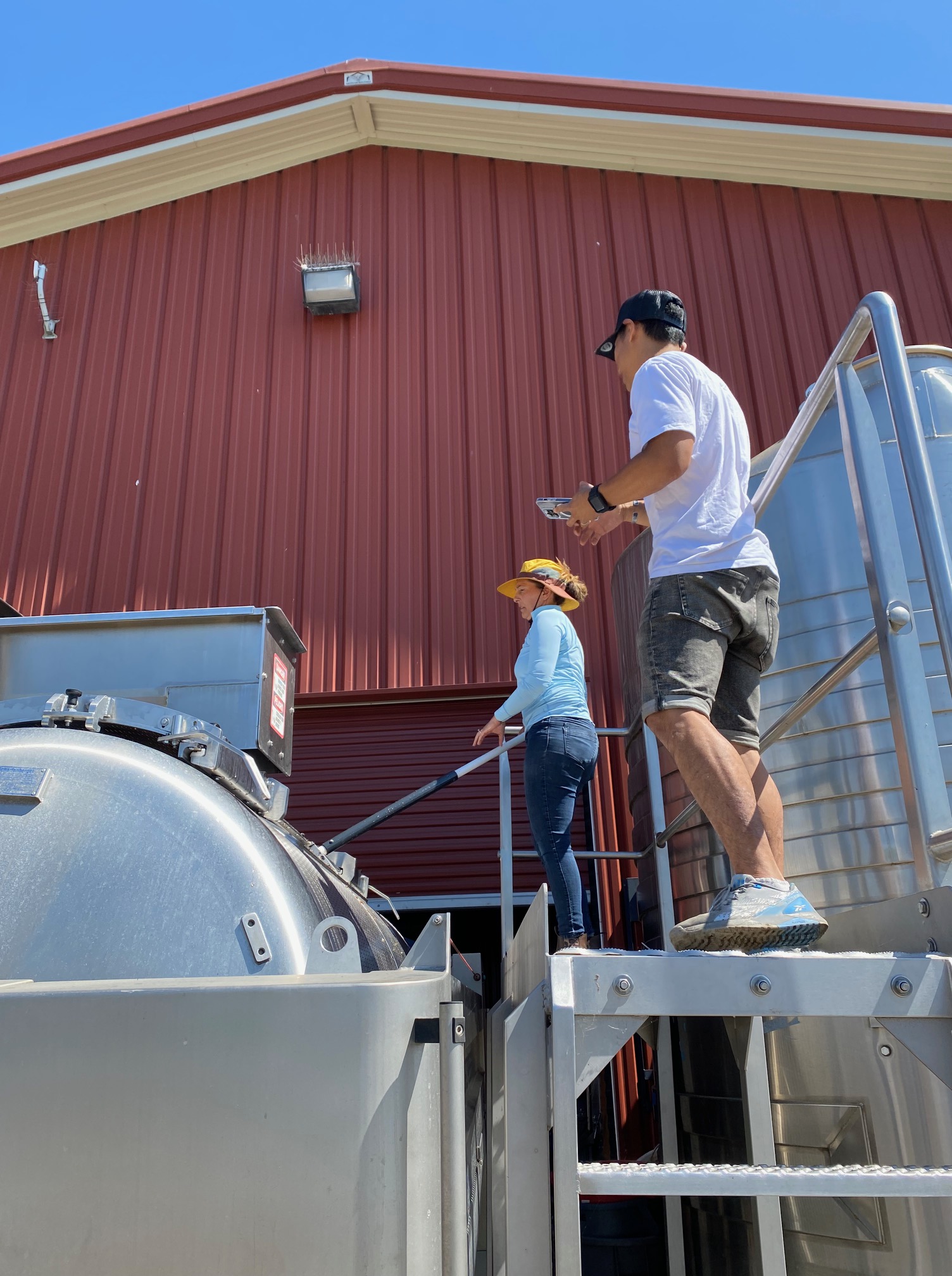 This is pretty cool and happening stuff. While Pinot Noir grapes have been pressed and used forever as part of sparkling wines and blends, it’s rare to find white versions as still wine.
This is pretty cool and happening stuff. While Pinot Noir grapes have been pressed and used forever as part of sparkling wines and blends, it’s rare to find white versions as still wine.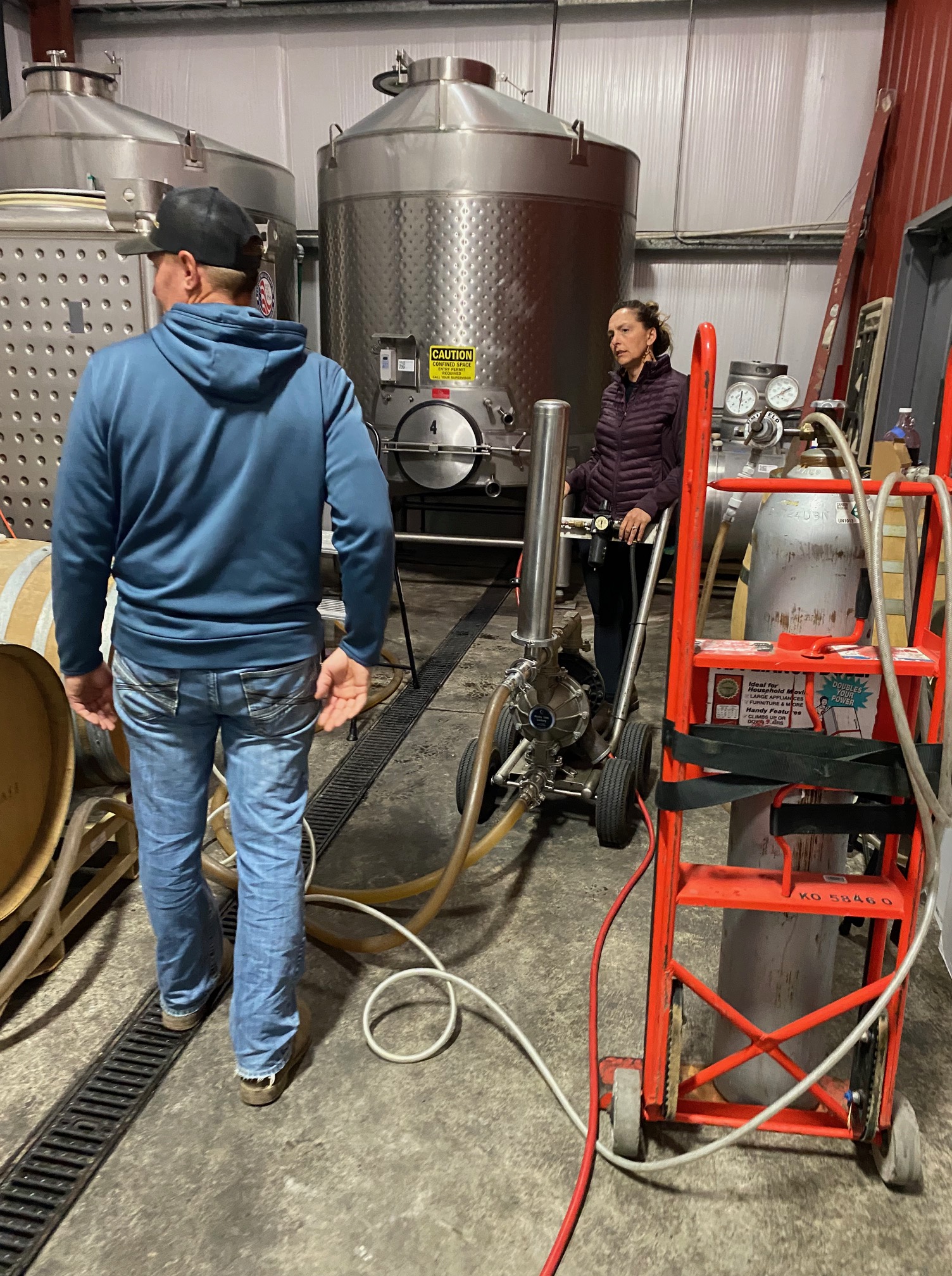 Albariño (kind folks, they could have finished faster without me, picture right).
Albariño (kind folks, they could have finished faster without me, picture right).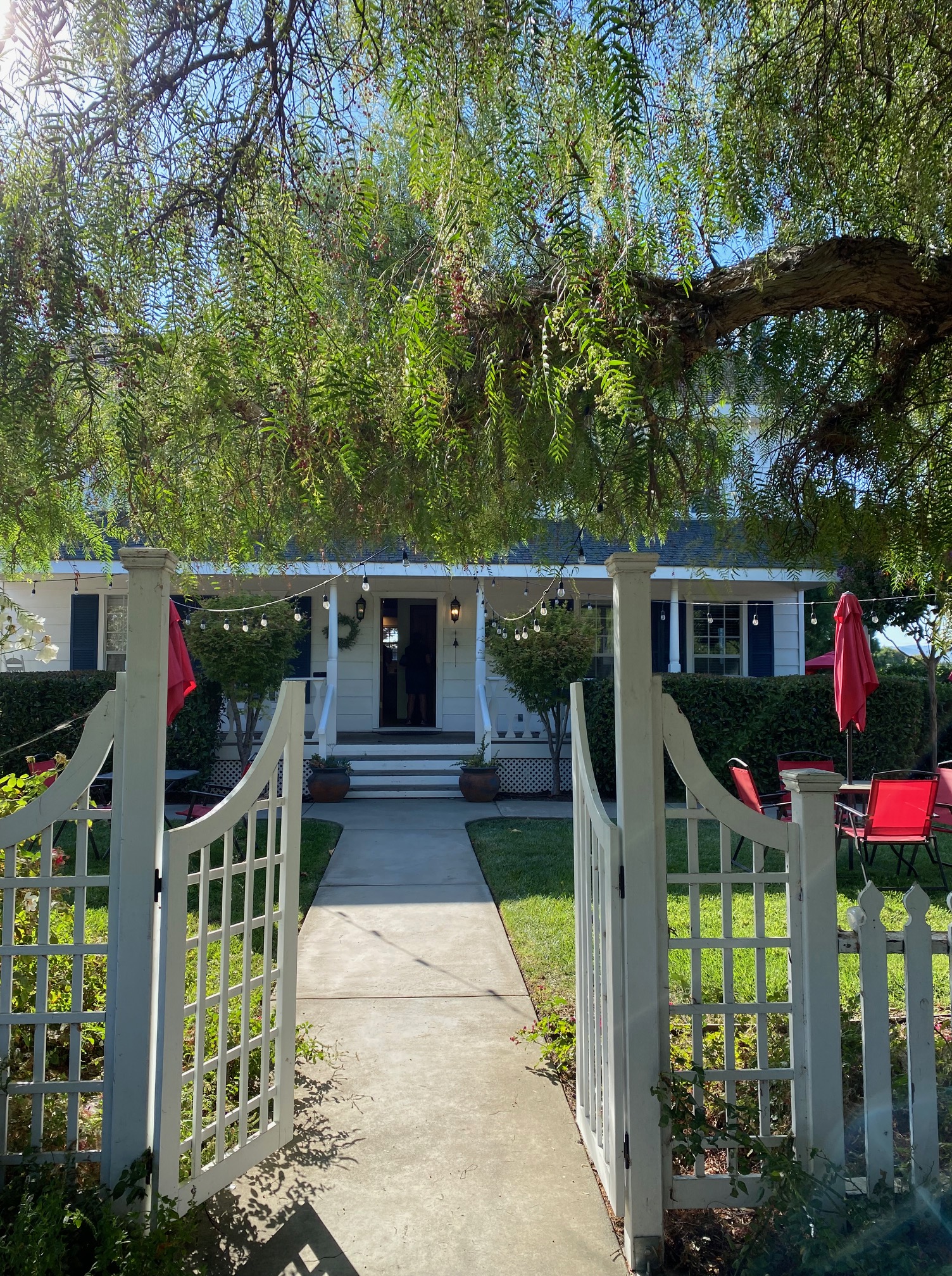
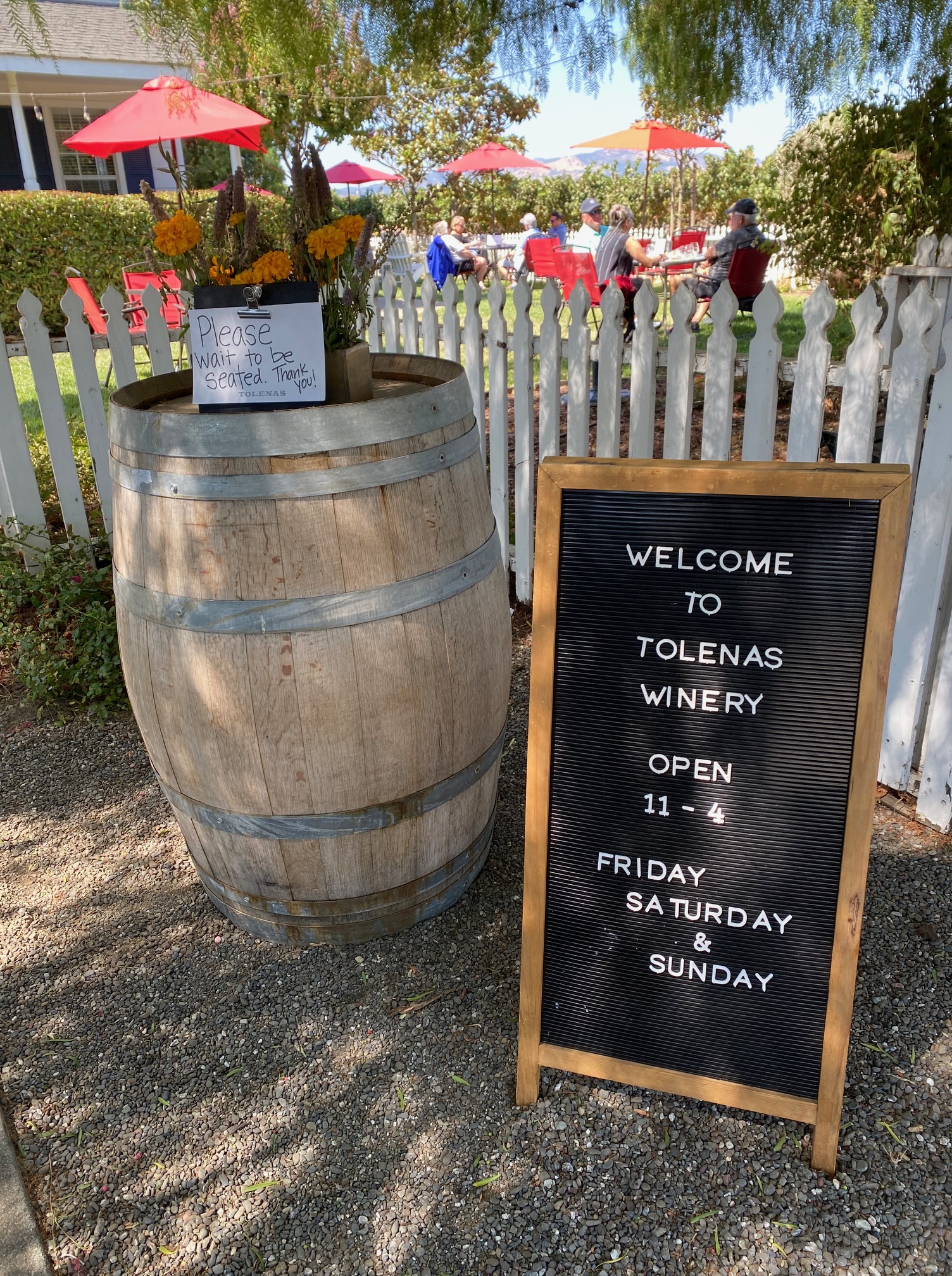 The outdoor tasting garden at Tolenas is at the side of Lisa’s childhood home. She and Cliff farm the vineyards with her father who started the whole operation – and is still working making wine and farming grapes. Mary, their Tasting room manager, knows the wines inside and out.
The outdoor tasting garden at Tolenas is at the side of Lisa’s childhood home. She and Cliff farm the vineyards with her father who started the whole operation – and is still working making wine and farming grapes. Mary, their Tasting room manager, knows the wines inside and out.

